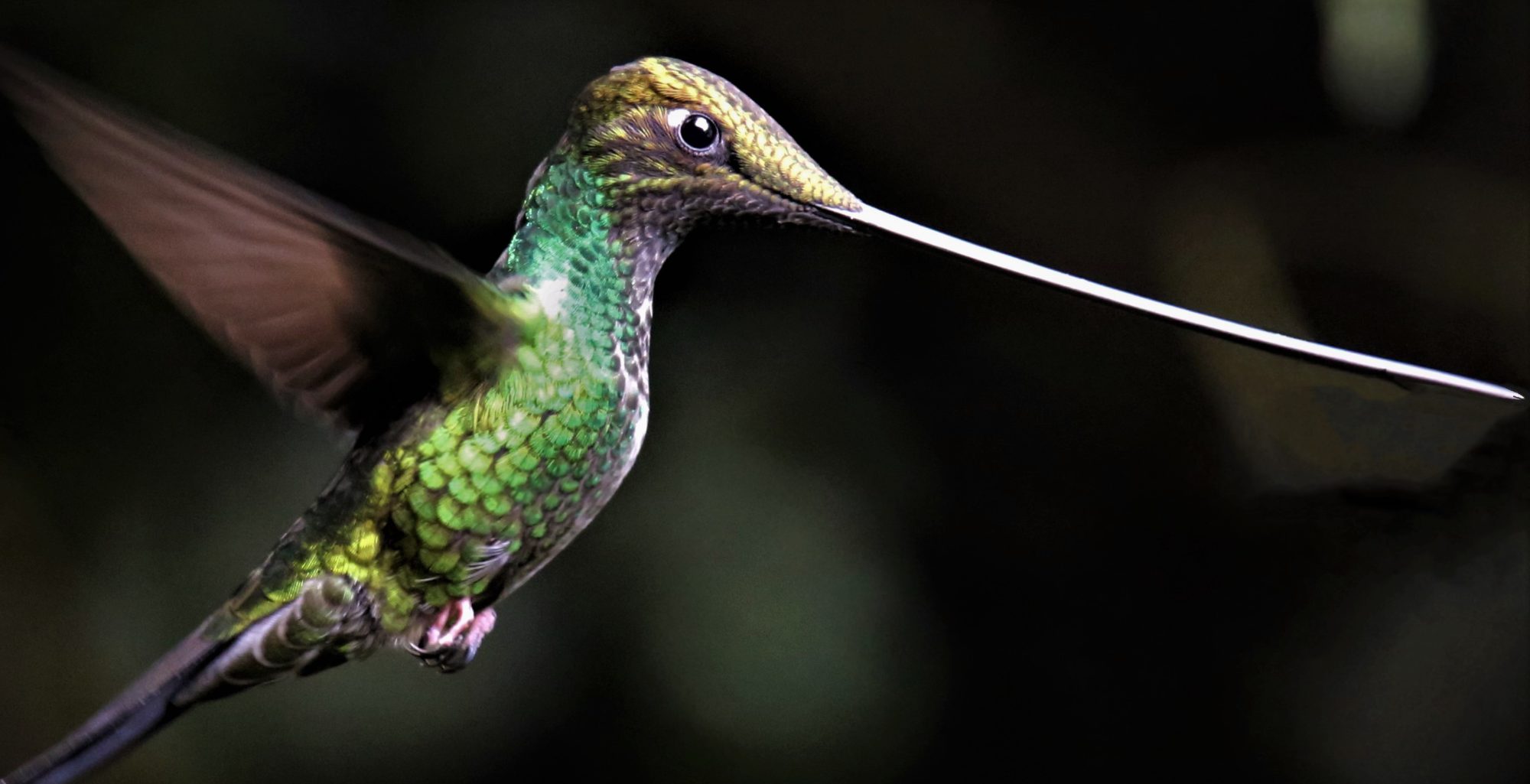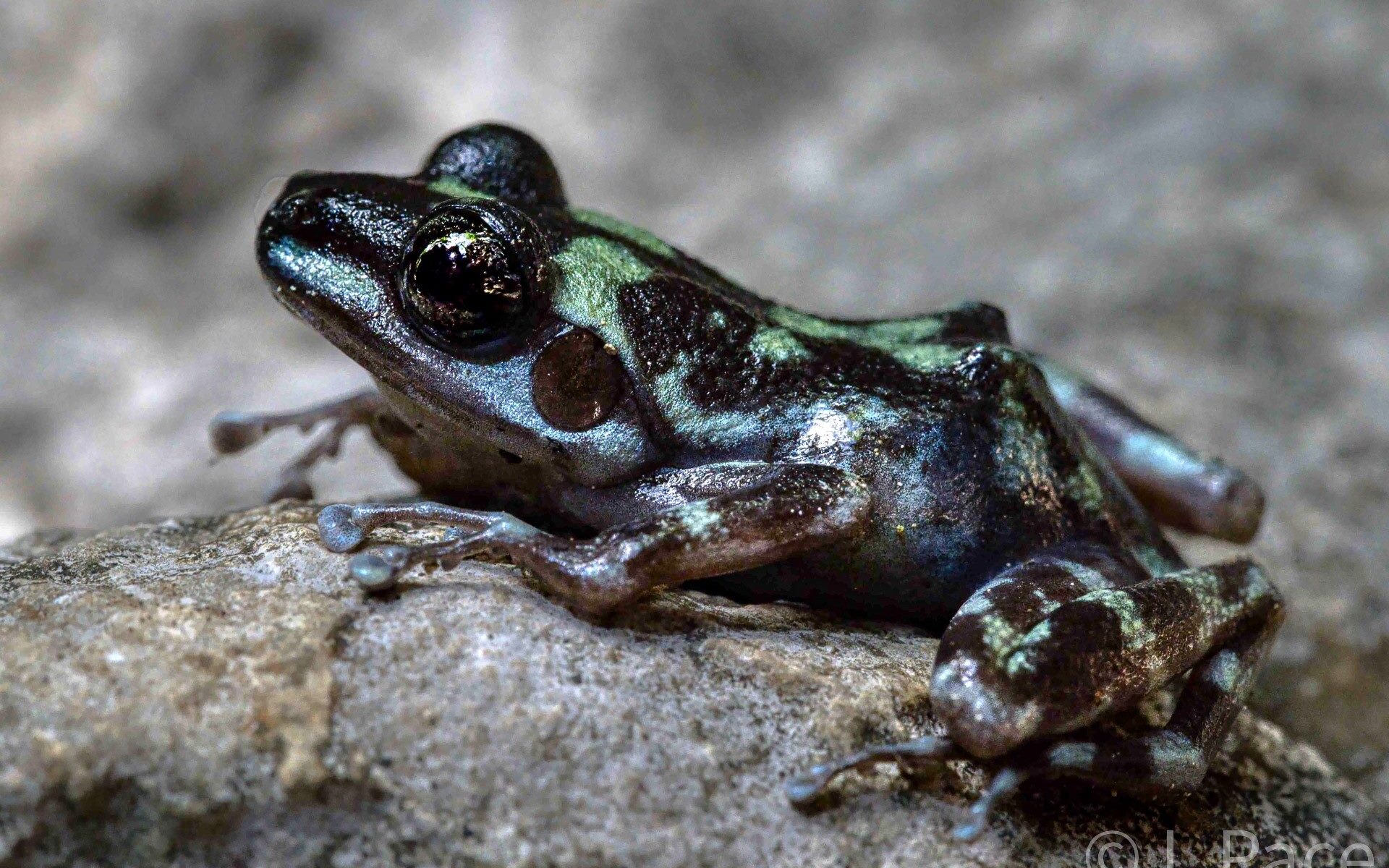The reserve turned out to be pretty special for several reasons. You might guess that I really like Madagascar because I have travelled there three times already. The number one reason is that I enjoy the company of the group with whom I have been able to travel on these trips. The conversations we have are deep and everyone has a passion for critters that are rare and endangered. Although it isn’t an especially easy country to travel in, I feel comfortable because I trust Devin. He does a good job planning and he has tremendous knowledge of the wildlife of Madagascar. He never over-promises and then under-delivers. At most sites, it is usually just the opposite. He tries to set realistic expectations, but there are usually some surprises.
One of the surprises was the place we stayed on the way from Andapa to Ankarana. It was a long drive, so he planned an evening of rest at a modern hotel called Kozobe, in Ambilobe. The place had air conditioning (a rarity in Madagascar), a modern swimming pool and a nice restaurant. We were served a family style meal that was very good. It was more than anyone expected. The next morning the breakfast was good too.
Devin may have known that the next place wasn’t going to be fancy. Ankarana is known for its Tsingy (A Malagasy word meaning “where one cannot walk barefoot.”), which is limestone eroded by water forming unique geological features found only in Madagascar. It is a difficult habitat for humans to travel through and that makes it an ideal place of refuge for rare wildlife that has evolved to cope with the sharp-edged formations. Devin wanted us to see the Tsingy. I was interested because I had seen nature documentaries like Planet Earth, where lemurs were jumping from one pinnacle to the other; a sight which put the thought in my mind that I should try to see it for myself, before I got too old. I may even have asked him at the end of the last adventure to consider making it a priority for the itinerary on the next adventure to Madagascar. Ankarana is not the only park with tsingy in Madagascar, but it may be the only place in the world, you can see the frog in the photo above! (Again, I used one of Lonny’s photos, but there are more of my own later.)
I don’t think Devin was realistically thinking we would see the frog. He showed me (and probably others) a rare photo in a book he was traveling with, but he didn’t bother to put it on the list of species we were likely to see. I could tell that he really was interested in seeing it for himself, and if he did, it might be the highlight of the trip for him. Devin is a very modest person and he probably wouldn’t tell you he was an expert in mantella frogs, but my guess is there are probably only a dozen or two people on the planet that know as much as he does about the biology of the family of Mantellidae. The attractive, black, green and blue frog above is not a typical member of the family. That might be one of the things that has Devin so curious about it. As it is classified now, it is the only frog (so far) in the genus that researchers have tagged it with, and the experts are uncertain if it is properly classified. That uncertainty is the kind of thing that gets people like Devin and his peers motivated to do more research. But how can you do research, if the frog is nearly impossible to find.
When we arrived at Ankarana, there was evidence of rain, which is a good thing if you are looking for frogs. That might have gotten Devin’s hopes up, but we didn’t see the little nocturnal frog on our first night hike just outside the park. The frog’s scientific name is Tsingymantis antitra and Wikipedia (at the time of this writing) doesn’t even have a photo of it. Judging by the genus name Tsingymantis, you might guess where it lives. Because the Tsingy can be dangerous, and probably even more so because the park isn’t open to visitors at night – even visitors with a scientific background unless they have a special permit – Devin told us at dinner we were probably not going to be able to see it. In the scientific literature it was described in 2006, and then only a few animals were found. He wasn’t sure how many photographs exist of the frog taken in its natural habitat, but it wasn’t many.
It seemed obvious to me that night, he was a little disappointed. It should be obvious to you that on the next day, the only day that Devin had left on this adventure to see Tsingymantis antitra, that we actually did. Again, I kind of spoiled the surprise by using the image above as the lead photo, but it was what made the trip to Ankarana pretty amazing! There was joy all around. I was happy for Devin.
It went like this. After a long walk on spongy trails in the shade of the forest, we entered a different landscape of rocks and pools of water. Some of the pools had tadpoles in them of different sizes. We came up to a huge sinkhole in the limestone where there where hundreds of butterlies. After passing around the sinkhole, we reached a narrow path between cliffs of tsingy, it became overcast and the clouds misted a bit of rain. Brad, a veterinarian who works with exotic animals, who was in the front of the group, yelled back to Devin and the rest of the group, “I may have seen the Tsingymantis jump across the path.” Some of us thought he was teasing, because Brad likes to do that from time to time. He assured us that he wasn’t kidding and pointed to a narrow gap in the gray jagged rock. With the aid of a flashlight, they were able to see it and identify that it was what Brad thought he saw. Within a few minutes, they were able to coax the frog out of its hiding place and those that were interested took photos, lots of them. Though we kept looking for more, it was the only one we were able to find.
Just around the corner Grace and Aly found (maybe with one of the local guides help) a brightly colored Madagascan Land Crab, Madagapotamon humberti, climbing on the tsingy. I knew from a discussion a few days earlier, it was an animal Lonny wanted to photograph, so I told him. He thought, this time, I was teasing him. Click here to see more from Ankarana. The park delivered more than expected!


